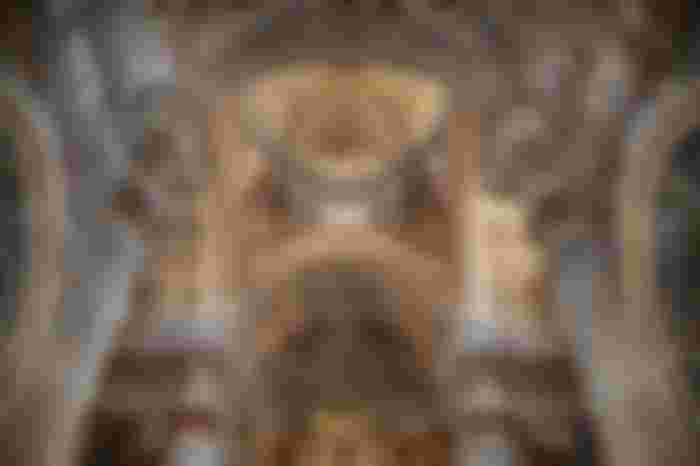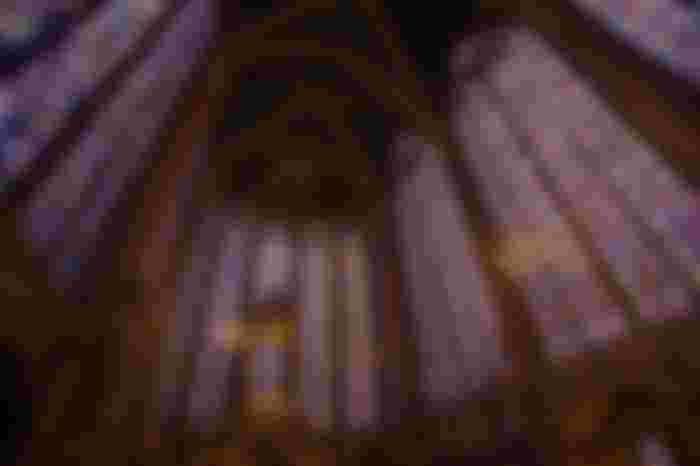Understanding the Arrangement of Icons in the Church
The arrangement of icons in a church is not merely a haphazard display of religious artwork; it is a carefully orchestrated symphony of symbols, theology, and history. Icons have been an integral part of Christian worship for centuries, serving as windows into the divine and vehicles for spiritual connection.
The strategic placement of these sacred images holds deep meaning and purpose, enriching the worship experience and conveying the essence of the faith. In this article, we delve into the fascinating world of iconography and explore the significance of their arrangement within the church.
Origins of Iconography in Christian Worship
Iconography has a long and storied history in Christian worship, dating back to the early days of the faith. Exploring the roots of icon usage in churches allows us to understand its evolving significance over time. From the early Christian catacombs to the Byzantine era, we trace the journey of icons as they became central to religious expression and theological understanding.
The Theological Significance of Icons
Icons are not mere pieces of art; they hold profound theological significance. Delving into the theology behind iconography, we discover how these sacred images serve as channels to the divine and ways to manifest the presence of holy figures. We explore the theological debates surrounding icons, such as the Iconoclastic Controversy, which shaped the course of Christian art and worship.
Iconographic Styles and Schools
Throughout history, various styles and schools of iconography emerged, each with its unique characteristics and symbolism. We explore the distinct features of Byzantine, Russian, Coptic, and other iconographic traditions, uncovering the regional influences that contributed to the diversity of representations.
Iconography and Church Architecture

The placement of icons within the church is not arbitrary; it is a deliberate process that complements the overall architecture and design. We examine how icons are integrated into the church's spatial layout, including their positioning on iconostases, walls, domes, and other architectural elements. This section will also discuss how the arrangement of icons affects the worshippers' experience during liturgical services.
Iconostasis: The Veil Between Earth and Heaven
The iconostasis is a prominent feature in many Eastern Orthodox and Byzantine churches. We delve into the symbolism and function of this ornate screen, which separates the nave from the sanctuary. Understanding the iconostasis helps us grasp the hierarchical arrangement of icons and the deeper spiritual significance it holds for the faithful.
The Iconography of the Altar and Apse

The area surrounding the altar and the apse often feature a particular set of icons with great theological significance. This section explores the portrayal of Christ, the Virgin Mary, and other saints in the sanctuary, and how their placement emphasizes the liturgical themes and theophanic nature of the Eucharist.
Icon Festal Cycles: A Liturgical Journey
The church's iconography is not static but evolves throughout the liturgical year. Festal cycles feature rotating icons that correspond to specific feast days and seasons, reinforcing the Church's theological narratives and connecting believers to the annual rhythm of the Christian life.
Veneration and Devotion to Icons
The veneration of icons is an essential aspect of Orthodox and other iconophile traditions. We examine the theological underpinnings of veneration and explore how believers express their devotion through gestures, processions, and other forms of sacred worship.
Icon Restoration and Preservation
Preserving the beauty and integrity of icons is a vital responsibility. We discuss the challenges and techniques involved in the restoration and conservation of these precious artworks, ensuring that they continue to inspire future generations.
The arrangement of icons in the church is a sacred art form that speaks volumes about the theology, history, and devotion of the Christian faith. Icons are more than just images; they serve as portals to the divine, enriching the spiritual lives of believers.
By understanding the significance of iconography and its strategic placement within the church, we gain insight into the heart of Christianity's visual and spiritual expression, connecting the faithful across time and space in a symphony of sacred art.


I did not know that there is a specific way to arrange the icons in the church.